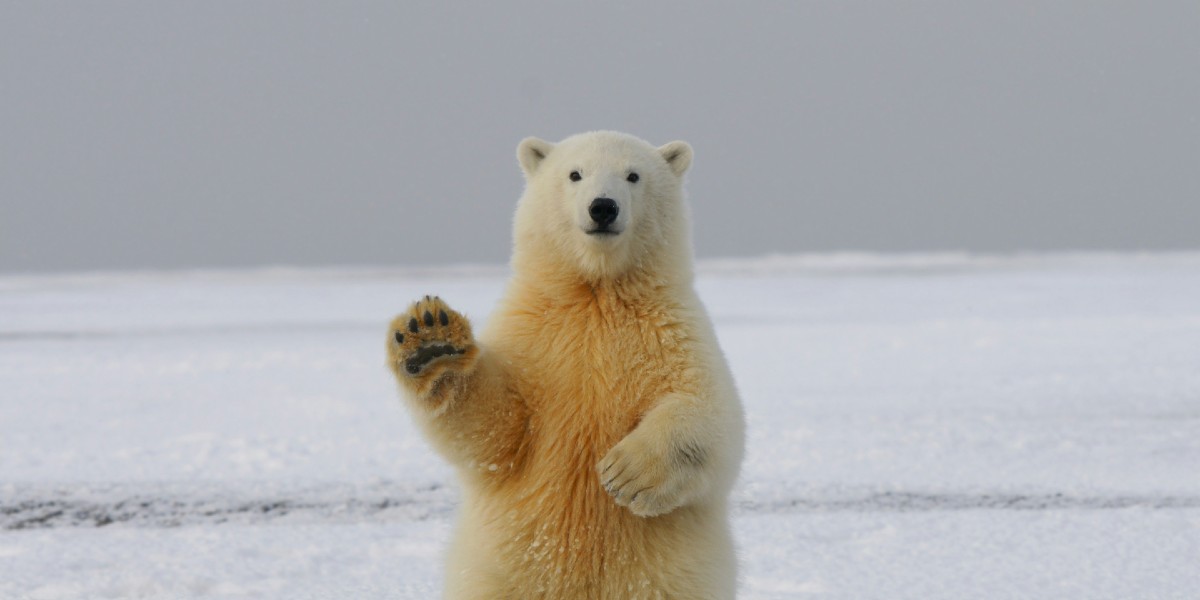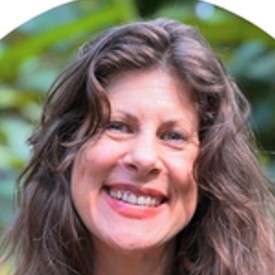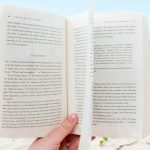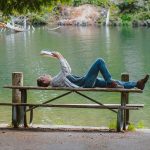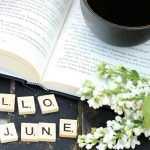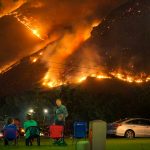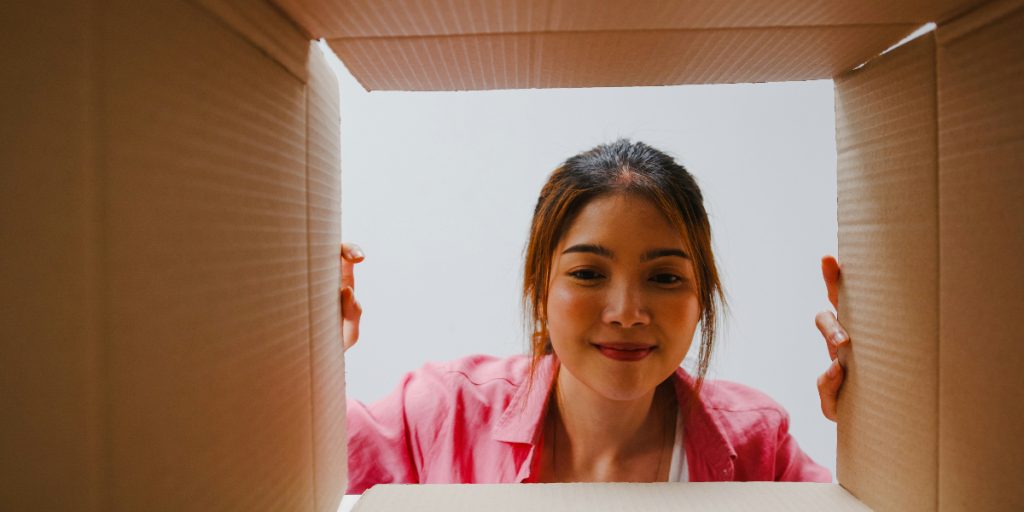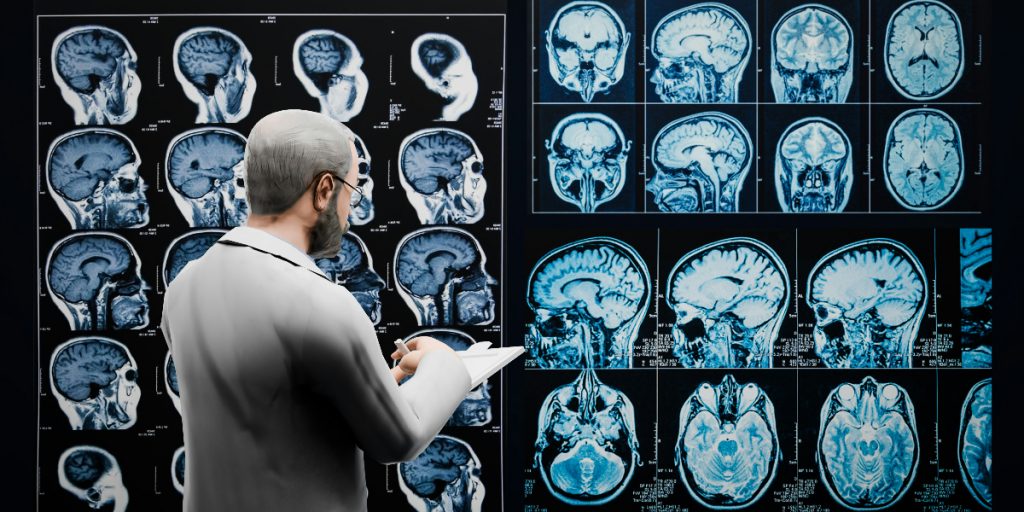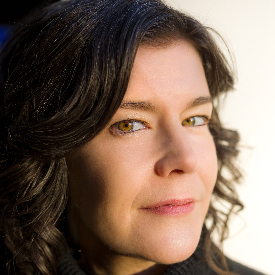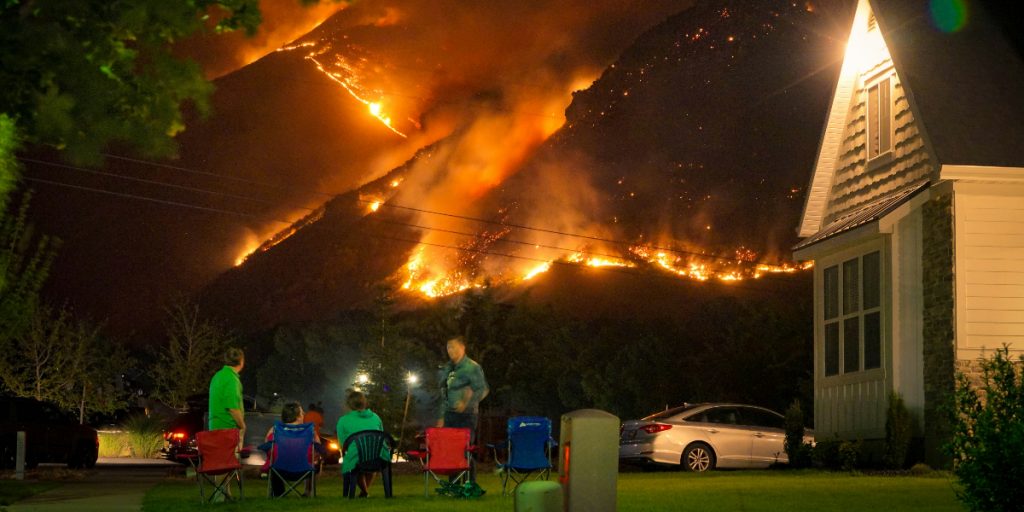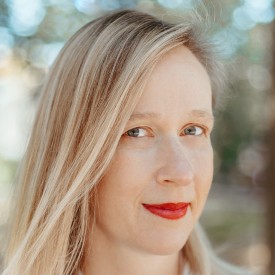Vanessa Chakour is a nature advocate and former pro boxer. She fosters connections between the inner and outer wilds through writing, herbalism, martial arts, and land stewardship. For over a decade, she has facilitated courses and retreats in partnership with wildlife organizations like the Wolf Conservation Center and the Jaguar Rescue Center. She is a Project Coyote Ambassador and author of Awakening Artemis. Chakour spends most of her days coaching boxing and stewarding a forest sanctuary.
What’s the big idea?
The fact that humans are animals is not a point rewilding facilitator Vanessa Chakour wants to be swept under the socio-cultural rug. In fact, exploring our inner and outer landscapes from the vantage of our interconnectedness with the web of life leads to pleasure, love, wonder, healing, and connection. In illustrating the wild tapestry that binds us to all we call primal, Chakour shows what it takes for humans to leave the enclosures within our minds, rehabilitate our bond with nature, and finally return our hearts to their true home: Earth.
Below, Vanessa shares five key insights from her new book, Earthly Bodies: Embracing Animal Nature. Listen to the audio version—read by Vanessa herself—in the Next Big Idea App.

1. How stories shape our relationship with nature.
Stories are the architects of our human world, shaping how we perceive and interact with everything around us. As a child, foxes, birds, butterflies, bats, and countless other creatures populated my storybooks. I devoured books like Charlotte’s Web, where animals were intelligent, complex beings with rich emotional lives. But as I grew older, a painful dissonance grew between my reality and the “civilized” world where more-than-human animals were seen as intellectually and spiritually inferior and, in some cases, devoid of emotion. For far too long, dominant narratives have alienated us from the natural world.
European fables and biblical lore, for instance, have demonized wild relatives like wolves, fostering fear and distrust that led to their near eradication. By critically examining and rewriting these narratives, we can dismantle harmful stereotypes and recognize the vital role wolves and other misunderstood animals play in balanced ecosystems. Earthly Bodies challenges destructive stories like these by exploring the power of storytelling to cultivate empathy and understanding. Through revising harmful mythology like the Big Bad Wolf, we can begin nurturing appreciation for the natural world instead of fear. Ultimately, rewilding stories is about acknowledging our intrinsic connection to all living beings and cultivating a sense of belonging to the wild.
2. We are part of Earth’s ecosystems.
While Indigenous cultures have long understood and honored our interconnectedness with the natural world, the dominant Western worldview has perpetuated the myth of human exceptionalism: our self-imposed separation from nature. Instead of viewing the relationship between animals and humans as an interconnected ecological web, for much of recorded history, the anthropocentric Western worldview has arranged species into hierarchical pyramids like the “Great Chain of Being,” placing humans at the apex. This belief has seeded countless environmental and social crises. To nurture a harmonious coexistence, we must recognize our role as integral members, not overlords, of these complex ecosystems.
“A shared quest for companionship, shelter, safety, and love underscores our profound interdependence with the more-than-human world.”
I explored the lives of misunderstood species like wolves, coyotes, bats, and beavers to illuminate our shared experiences and deepen our understanding of the web of life. A shared quest for companionship, shelter, safety, and love underscores our profound interdependence with the more-than-human world. We need the same things as a coyote on hot, dry days: water, cooling, shelter from the sun. By weaving memoir with natural history, I invite readers to recognize this interconnectedness, cultivate intimacy with their local ecosystems, and honor the unique lives of all beings.
3. The journey of healing: A parallel path.
Inspired by the four stages of wildlife rehabilitation—enclosure, rehabilitation, soft release, and homing—each section of Earthly Bodies proposes a parallel journey for human healing. The book’s first section, “Enclosures,” delves into the complexities of safety and confinement.
While enclosures offer protection for injured animals, they can also be suffocating. Similarly, human experiences of “safe spaces” can be both nurturing and limiting. Transitional life needs enclosures: an egg, a womb, a nest, a body. Often equated with security, these spaces can also evoke feelings of isolation and entrapment. From physical illness to the constraints of beauty standards, our personal experiences mirror this paradox.
The second section, “Rehabilitation,” reflects the complicated process of healing for both the animals and the caregivers, especially since inner wounds, especially those of the emotional body and mind, can be difficult to see and confusing to heal. To be released into the wild or sent home, animals must demonstrate mental and physical health, the ability to fend for themselves, and the ability to function as normal, healthy members of their species.
The third section, “Soft Release,” explores how animals acclimate to a new, safe environment before being released into it. The space of soft release is an in-between space—almost wild but not yet free—before an animal leaves the comfort of an enclosure or the protection of a caregiver and finds a home. By sharing my own stories of vulnerability and resilience alongside the experiences of other animals, I aim to illuminate the complexities of the human experience, learn from other animals, and find paths to a more embodied, instinctual self.
4. We can all become stewards.
While our current approach to conservation often treats nature as an entity needing protection from us, Indigenous cultures have long demonstrated the power of reciprocal stewardship, actively supporting the health and resilience of their ecosystems. This is evident in the fact that Indigenous people, who today live on less than 5 percent of global land and still deal with unconscionable injustices, protect a staggering 80 percent of the world’s biodiversity. Stewardship isn’t about “taming” nature but rather working in collaboration with nature’s incredible regenerative powers.
“While land may legally belong to someone, ecosystems can never truly be owned.”
By immersing ourselves in the natural world and understanding the unique roles of each species, we can forge a mutually beneficial relationship with our planet. Beavers offer an inspiring example: One of the few animals, like humans, that modify their habitat to be more comfortable. Beavers build homes to protect themselves and, as they build, they create and heal ecosystems.
While land may legally belong to someone, ecosystems can never truly be owned. In practice, living landscapes belong to everyone and to no one. It isn’t necessary to buy land to steward land. In New York City parks, and many city parks around the world, people can volunteer to learn how to help forest and wetland restoration, plant and prune street trees, propagate native seeds, and monitor local wildlife. Land is more than a resource to be exploited or scenery to be maintained. The living earth is a complex ecosystem that sustains us all.
5. Expanding the notion of home.
As author and environmentalist Gary Snyder wisely observed, “Nature is not a place to visit, it is home.” Home is much more than a physical structure; it’s a profound sense of belonging rooted in our shared ancestry. If we look at evolution, we share a common ancestor with the weeds, wildflowers, and every other plant, animal, fish, algae, and invertebrate. For me, it feels incredible to have such a large extended family and to be comfortable knowing that I am nature and that I belong here. By inviting readers to expand their concept of home to encompass the natural world, I hope to cultivate a deeper sense of belonging and responsibility for our planet.
When we embrace our animal nature, we reclaim our wholeness, tear down walls, and come home. Woven together in wild beauty, we belong here. We need not feel so lonely. We can create a future where humans and nature thrive together.
To listen to the audio version read by author Vanessa Chakour, download the Next Big Idea App today:












